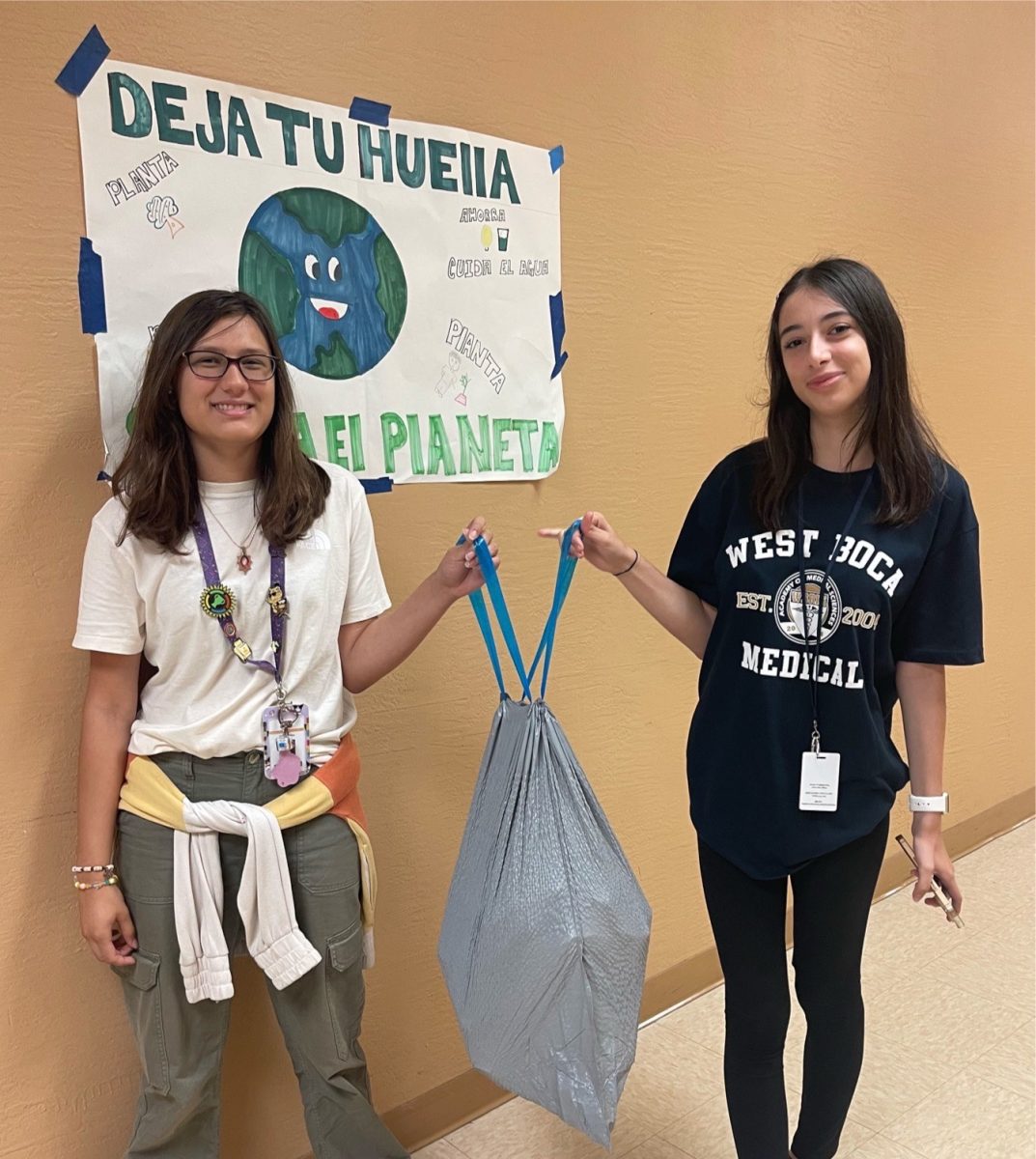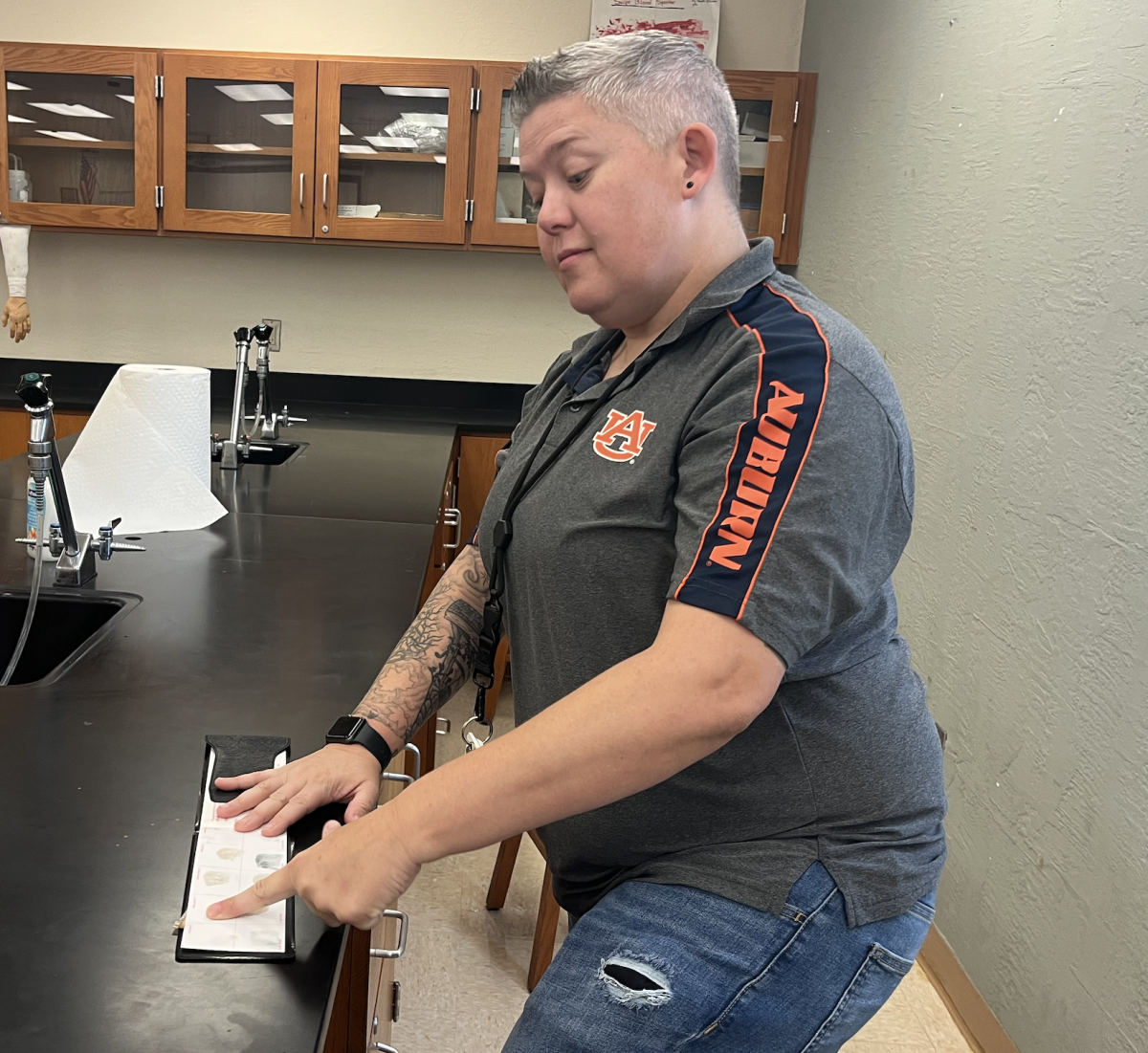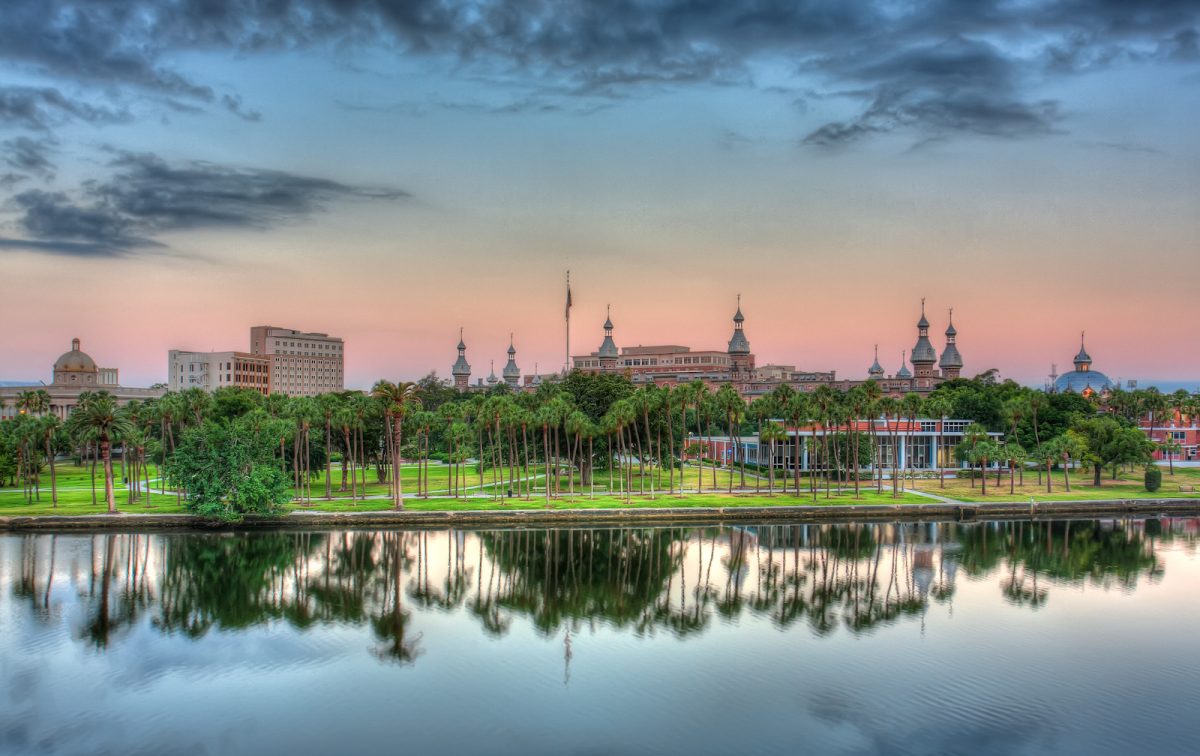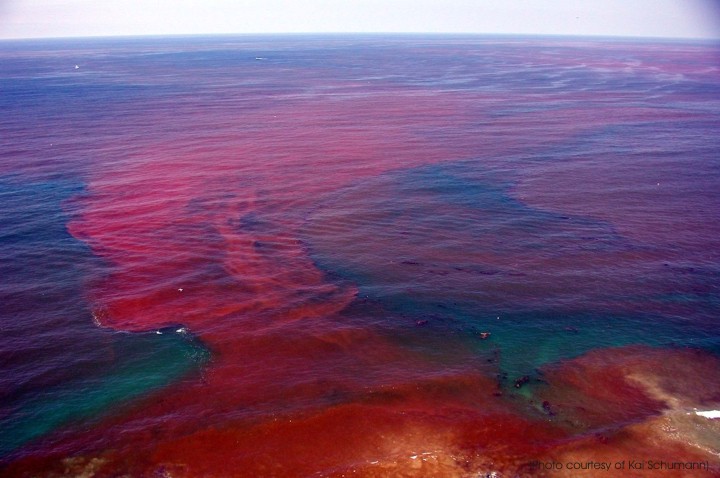Murder At The Beach
February 11, 2019
Imagine going to the beach and finding thousands of dead fish washed up on the shore and a bloody red hue in the sea. Yearly, between the months of August and October a deadly red tide, or algae bloom, approaches Florida’s coast. a An algae bloom is a fast growth and abundance of algae in fresh or salt bodies of water, which can be recognized by a discoloration in the water. Harmful algae bloom’s produce a kind of toxin in the water that can lead to harming/killing fish and having to shut off water supply for a specific region. It can also negatively affect a region by resulting in a lack of fish to be sold, loss of jobs for fisherman and an alter in our oceans ecosystem. When these blooms take on a red hue they can more commonly be known as “red tide”. Recently, Florida has been intruded by red tide on the southwest coast spreading for 100 miles.
This current red tide has been sitting for nine months and has not shown any signs of deflation. Algae blooms are taking over the coast and in the past months the red tide has killed masses of fish and other marine life. The other marine animals harmed by this poison include but are not limited to: sea turtles, dolphins, seabirds, sharks, and manatees. The invasive blooms have thrown off Florida’s marine ecosystem and is creating a negative climate change. In Sarasota, wildlife scientists recovered nine dead bottlenose dolphins last week. Over 267 tons of marine life including 72 Goliath groupers, and a 21 foot whale shark have washed up on shore in this year alone.
In time the bloom may decrease, but for now it has been taking a tremendous toll on the tourism in Florida. Sanibel island, being one of the places that is usually booming with tourists, has now forced many people away due to the beaches becoming flooded with dead marine life and algae. The wretched smell of the algae drives away tourism and it clogs the canals and prevents fishing. A recent study has shown losses in businesses up to 6% from the following years, from which the bloom had major cause of. Scientists have attributed this bloom mainly to ocean climate (temperature and salinity), heavy rainfall, wind patterns, and pollution.
As well as developing in salt water oceans, the algae has progressed in bodies of freshwater, or Florida wetlands. Lake Okeechobee alone, is covered by almost 90% in algae bloom. Scientists from The Florida Department of Environmental Protection have discovered through extensive tests of the water that the algae contains microcystin. Microcystins are toxins that are causes of cyanobacteria, which are more commonly known as blue-green algae and are omnipresent in surface water. When the conditions are right, growth of these algae blooms occur and the cyanobacteria release toxins. These algae groupings clog up rivers and canals leaving okeechobee smothered and residents vexed.
These algae blooms have taken over and destroyed the waters of Florida. The effects have been devastating to tourists, animals, and residents in the areas. Thousands of dead fish can be found on shores and occasionally residential water systems have had to be shut down. Scientists are doing everything they can to find out more about their specific causes, how to clear them out and prevent them in the future.














































